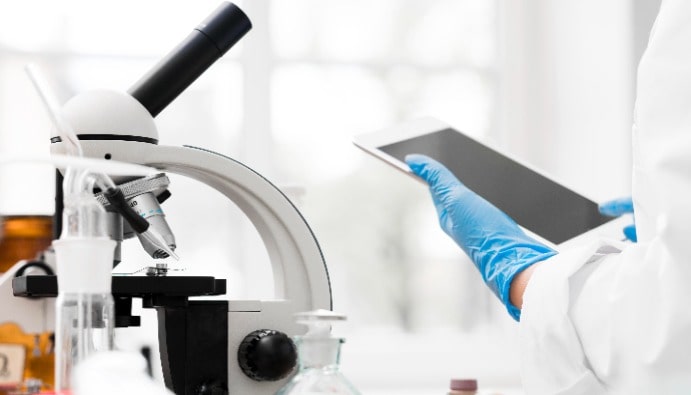PCB Total Analysis: Indicator PCB Detection and Measurement
What is Indicator Polychlorinated Biphenyl (PCB)? What are the Hazards?

What are PCBs (Polychlorinated Biphenyls)?
- PCBs are : Industrial chemicals and stabilizing agents used in various industrial processes. Polychlorinated biphenyls (PCBs) are organic compounds consisting of a chlorine atom bonded to biphenyl, a molecule composed of two benzene rings each containing six carbons. PCBs are odorless, tasteless, clear to light yellow viscous liquids. The production of PCBs has been banned due to their high toxicity. PCBs are classified as persistent organic pollutants that accumulate in the body of animals, causing environmental pollution.
- Areas of Use: Used in areas such as insulating oils, coatings, fire retardants and electrical devices.
- Environmental Hazard: PCBs are slow-degrading substances that are easily released into the environment and can cause water and soil pollution.
- Health Risk: PCBs can cause cancer, immune system problems and reproductive disorders.
PCBs have 209 different derivatives depending on the position of the chlorine atoms. PCBs are used in electrical and electronic devices and as additives in oils used in hydraulic machines because of their high chemical stability, fire resistance and high dielectric coefficient. PCBs can be produced directly or as a by-product of processes such as PVC production, pesticide production or waste incineration.
The Ministry of Food, Agriculture and Livestock published the “Turkish Food Codex Communiqué on Sampling, Sample Preparation and Analysis Method Criteria for the Official Control of the Level of Dioxins, Dioxin-Like Polychlorinated Biphenyls and Non-Dioxin-Like Polychlorinated Biphenyls in Certain Foods”. This Communiqué regulates sampling and analysis methods for the control of the level of polychlorinated biphenyls in certain foods.
The communiqué specifies verification methods for the identification and calculation of PCBs in meat, milk, fish, oils and feedstuffs.
Which Foods are Analyzed for PCBs?
PCB determination is performed especially in the following food types:
- Fish and Seafood: PCBs accumulate in water sources and therefore fish and other seafood are subject to PCB analysis.
- Oil and Fatty Foods: Due to their fat-soluble nature, this food group carries a high risk of PCB contamination.
- Eggs and Meat Products: PCBs can also be found in animal foods and are analyzed in these products.
- Drinking Water: Analyzed for PCB contamination because these chemicals can leach into water supplies.
Nanolab Laboratories Group continues to provide services within the scope of PCB Total Analysis. We also provide services in Dioxin Analysis.
Contact us for more information.
You can follow us on LinkedIn for up-to-date news and posts about our services.
Follow our Instagram account to be informed about our latest blog posts.

